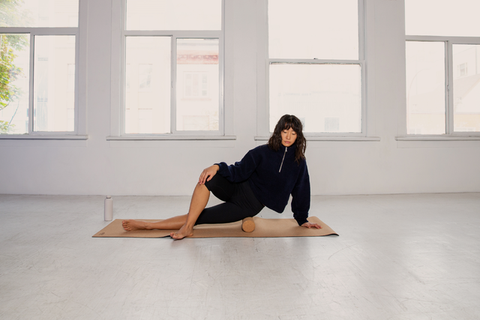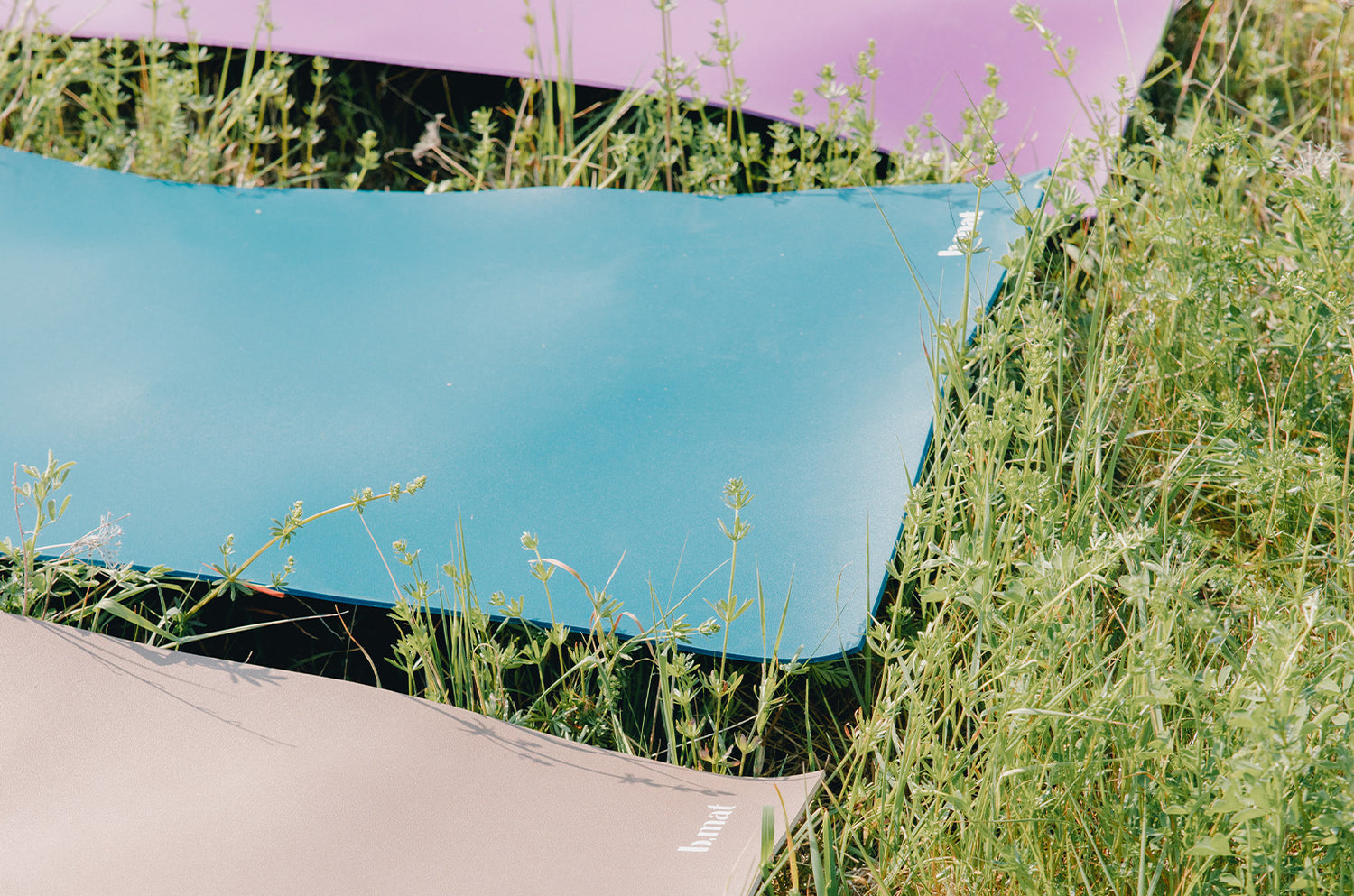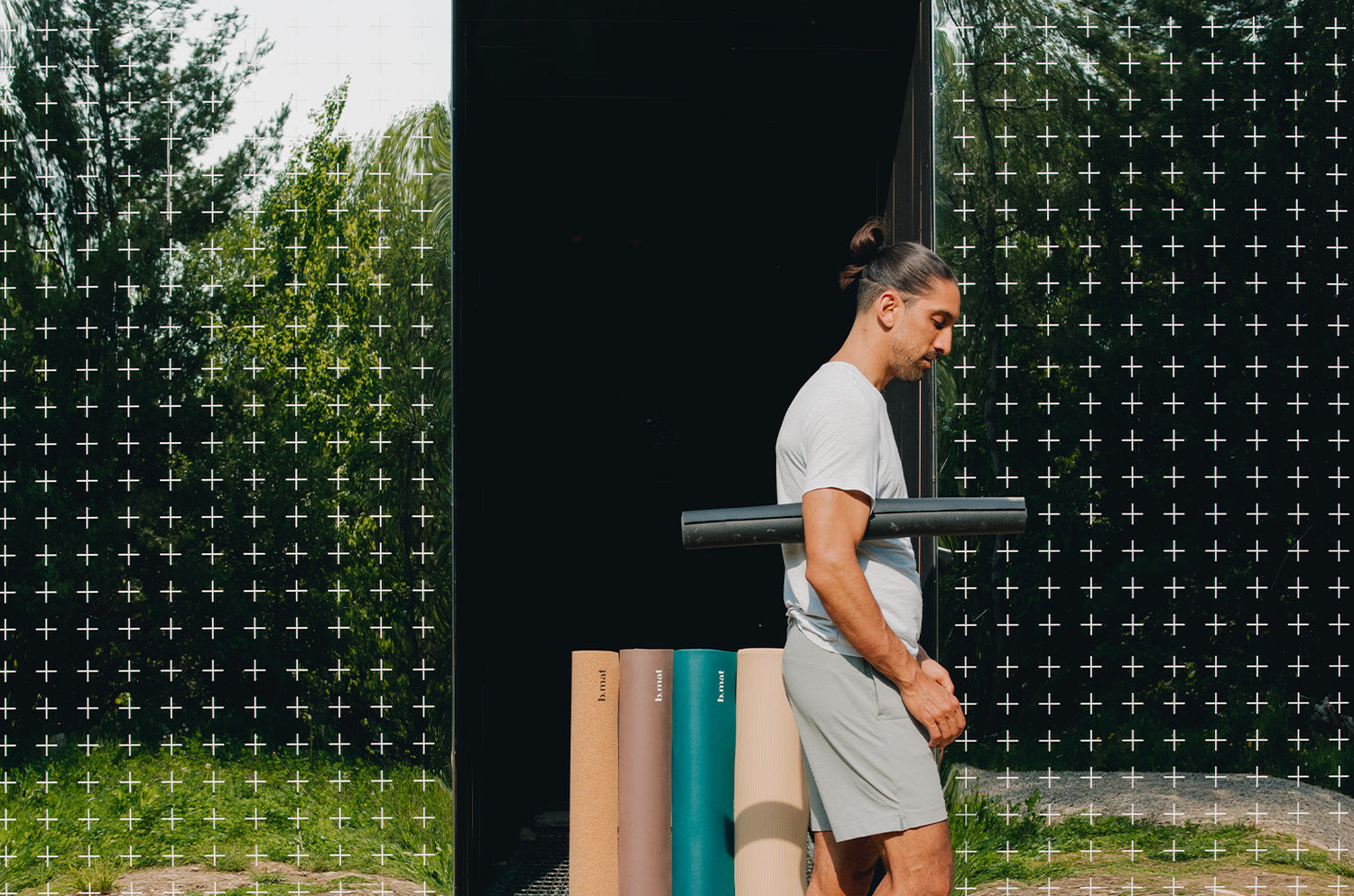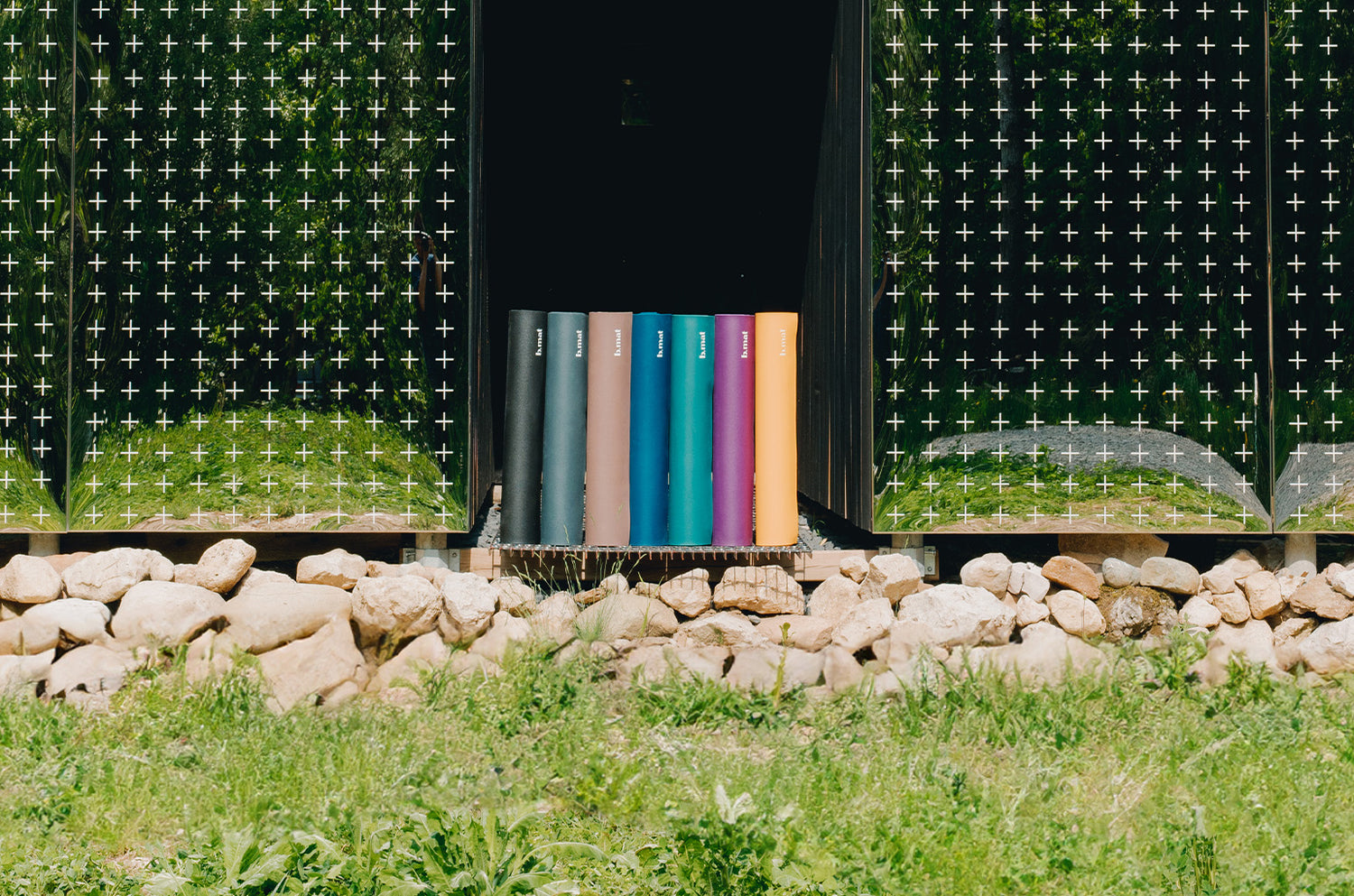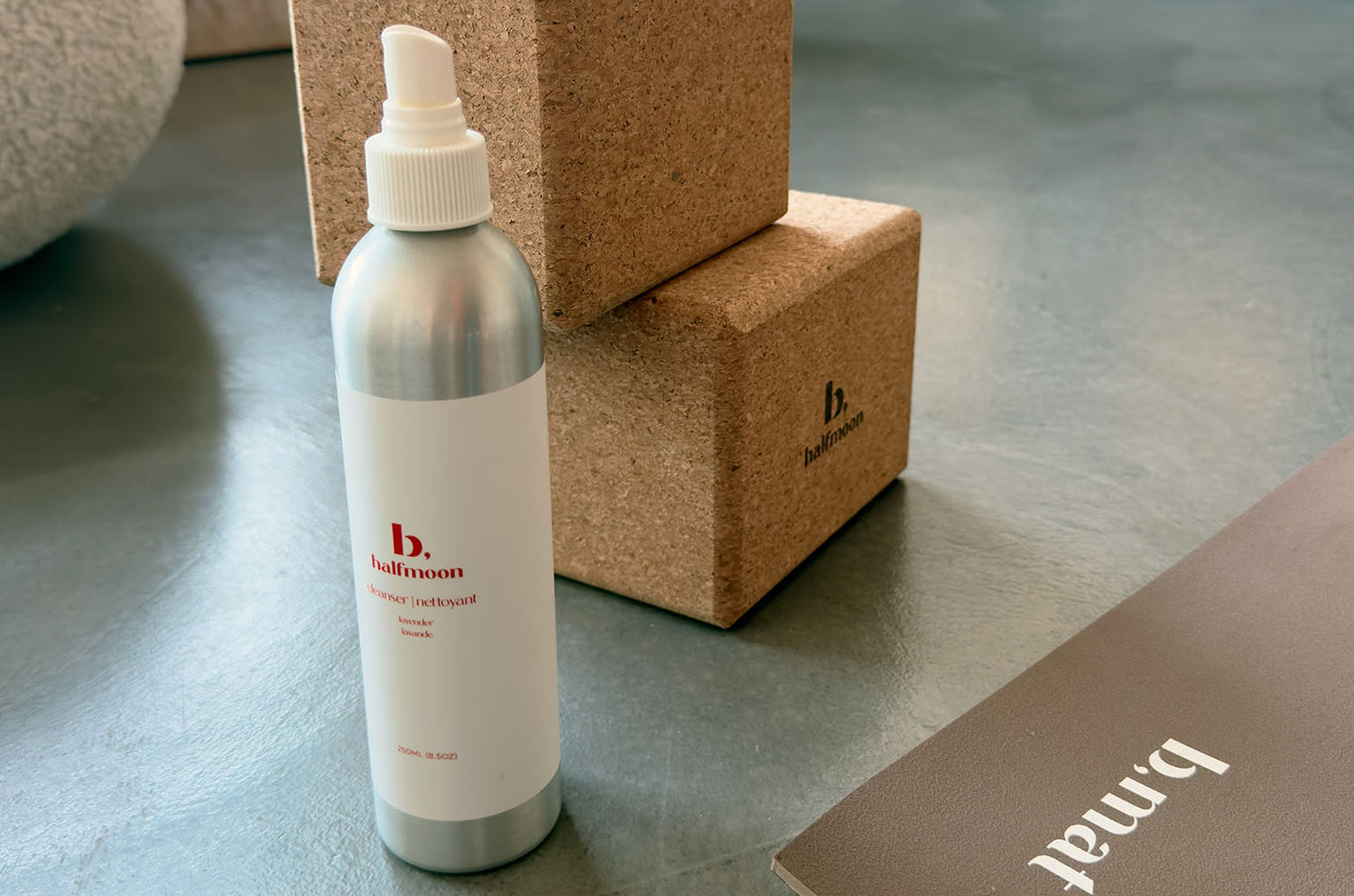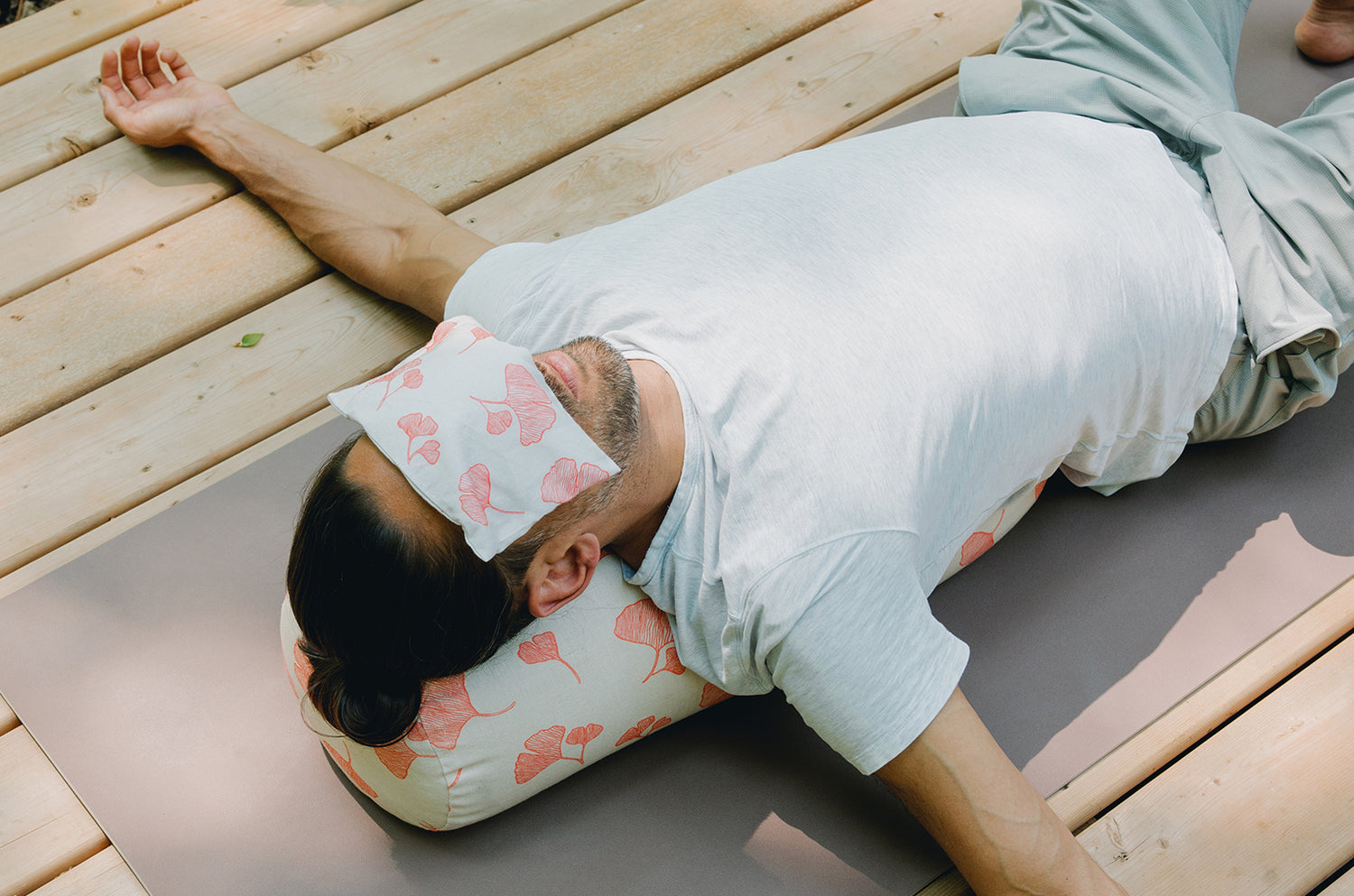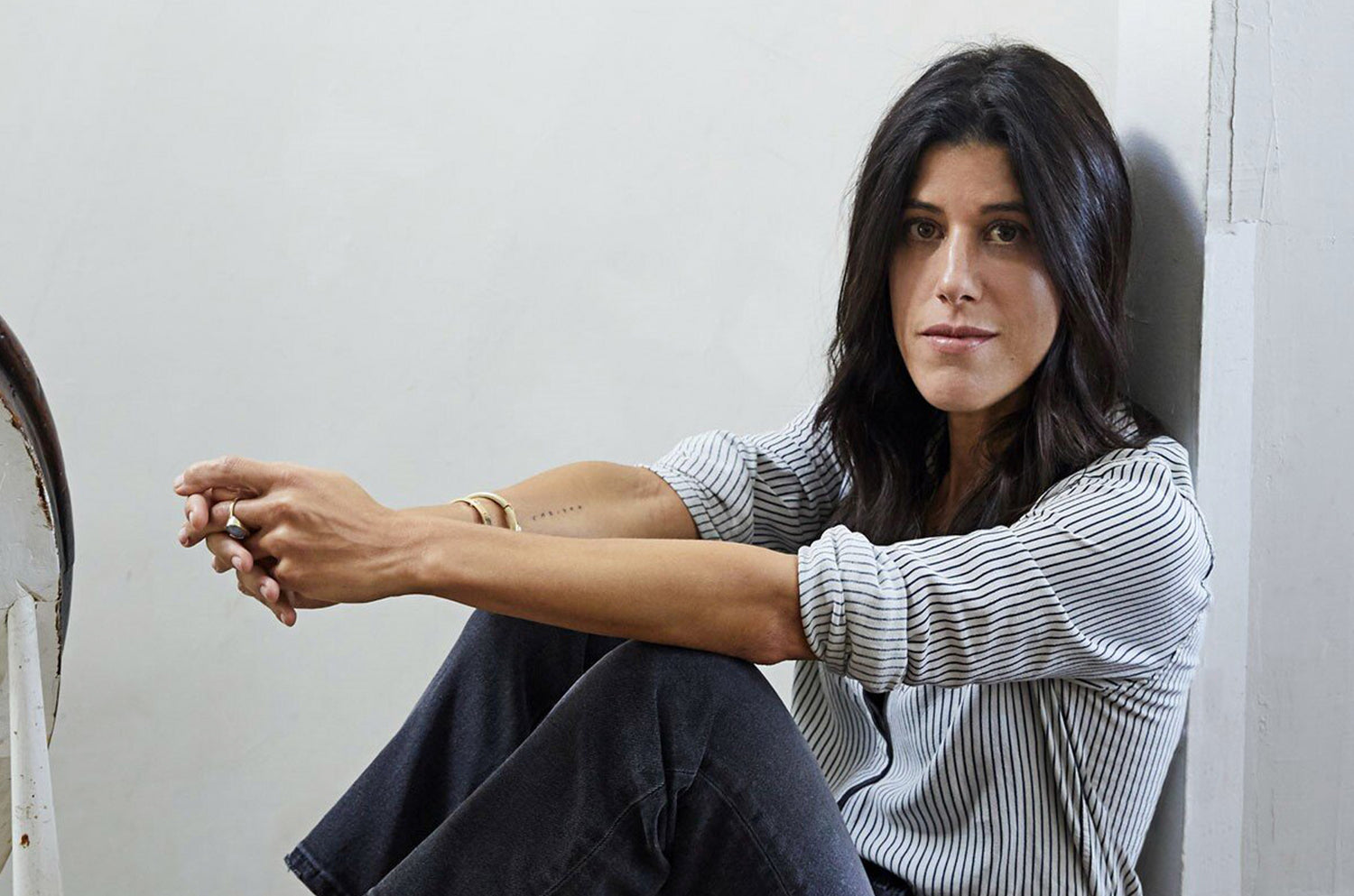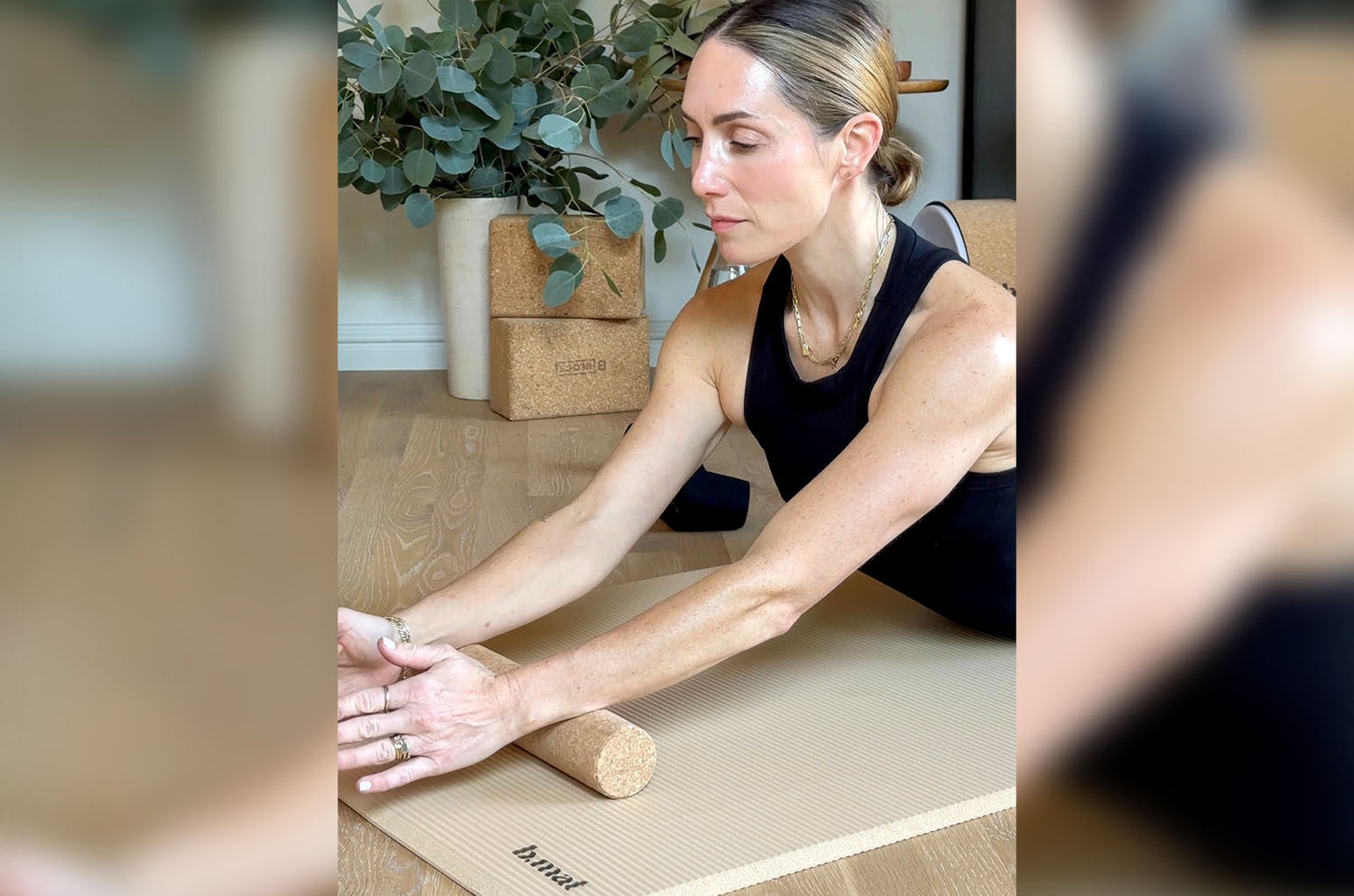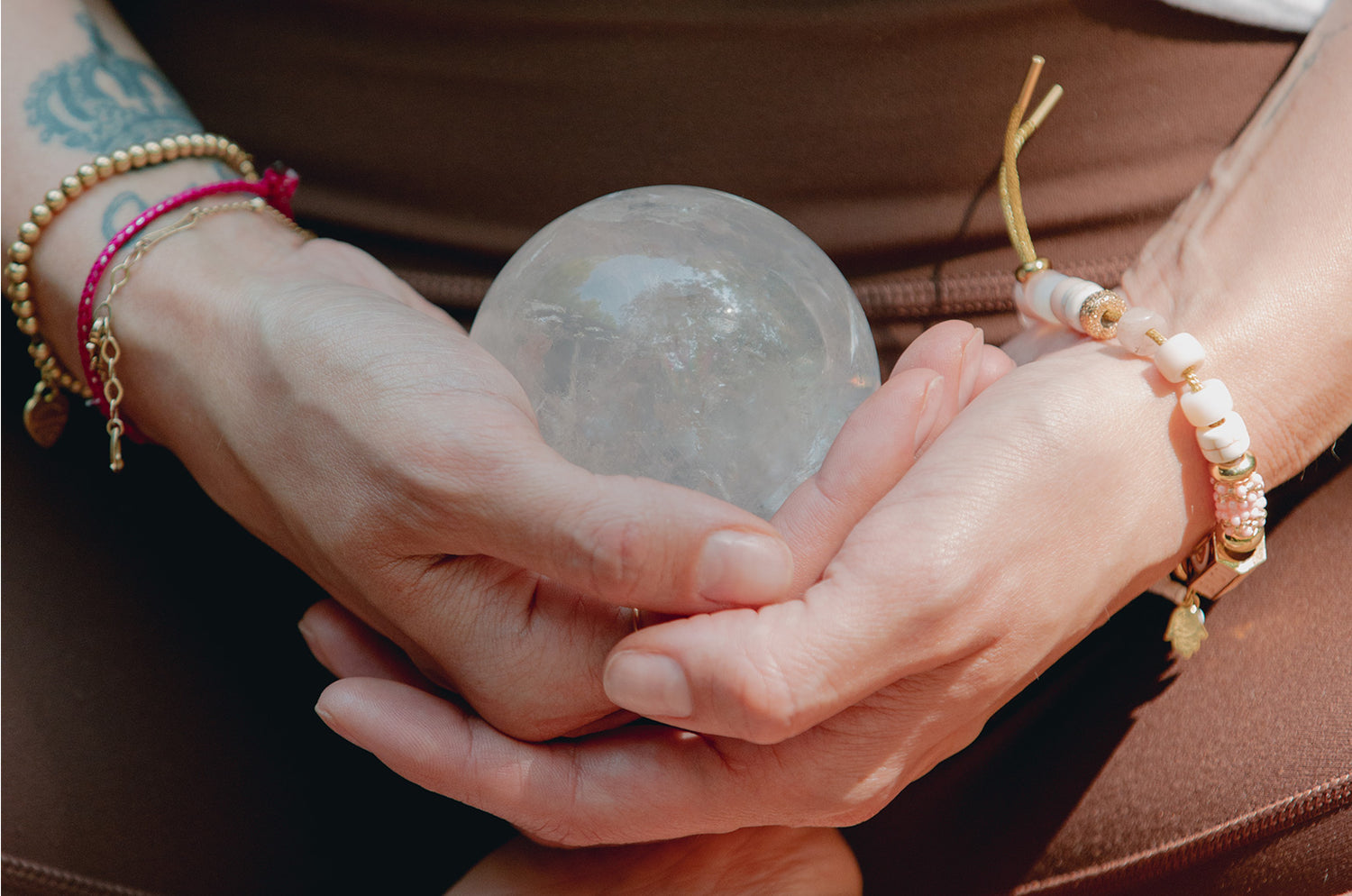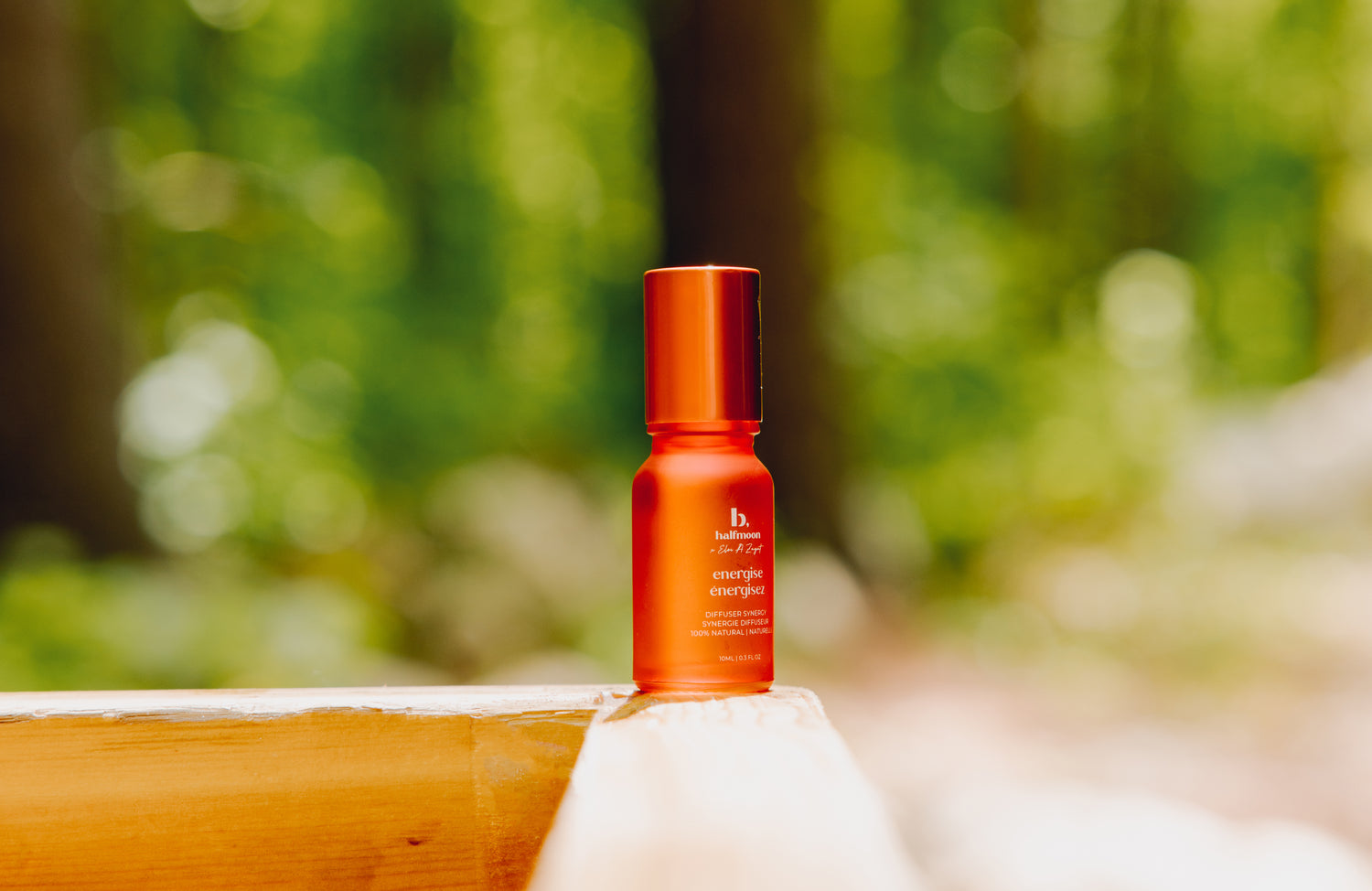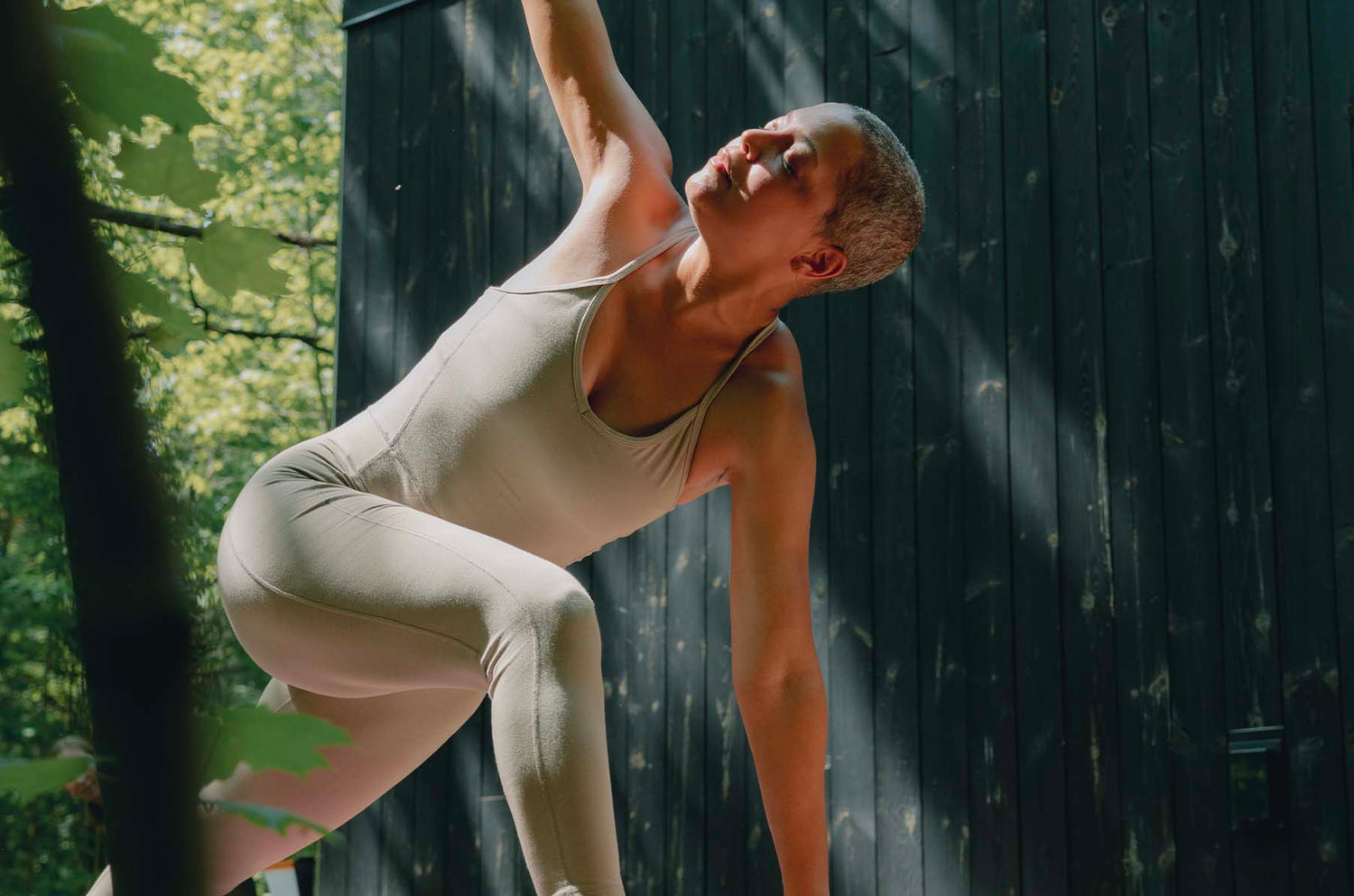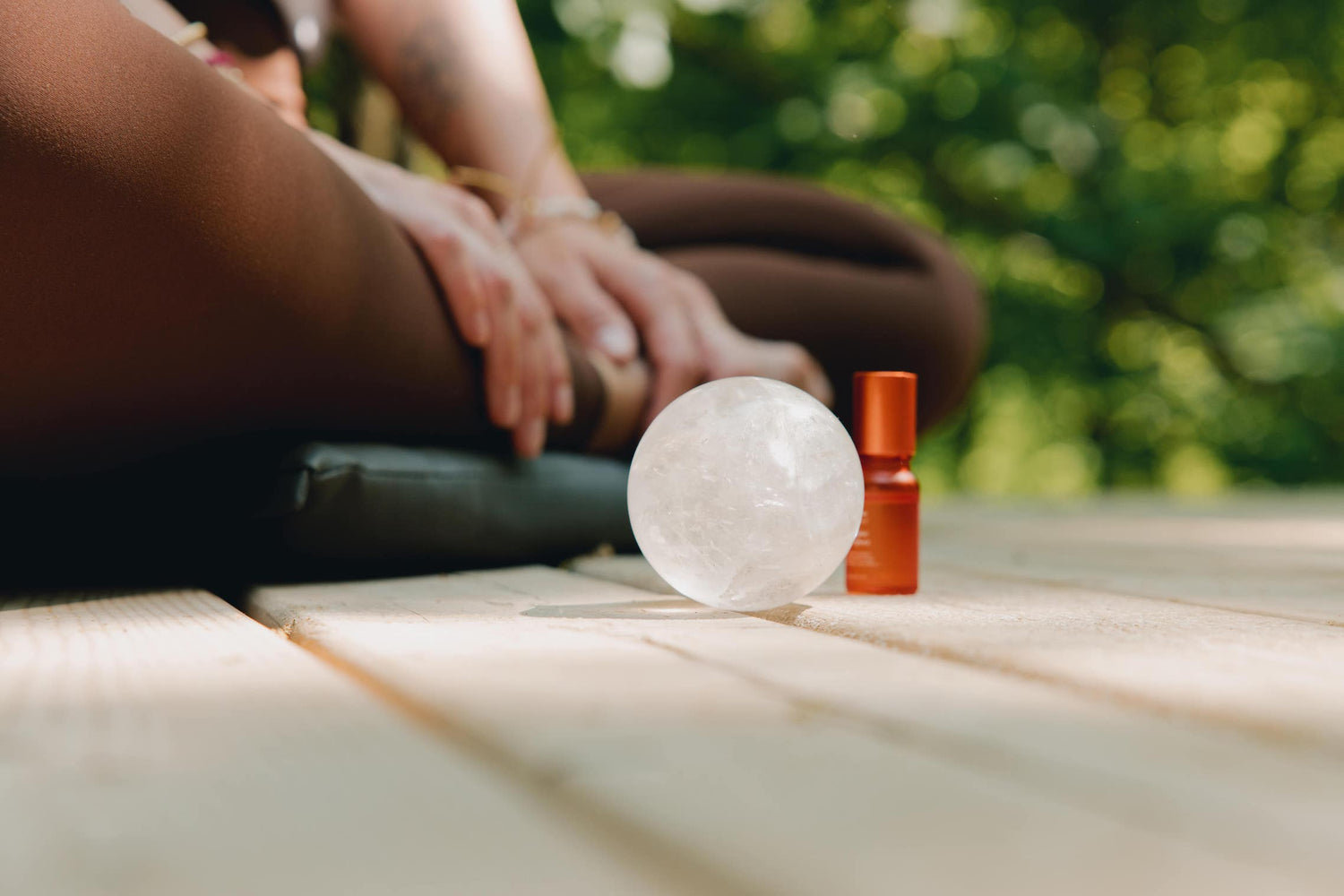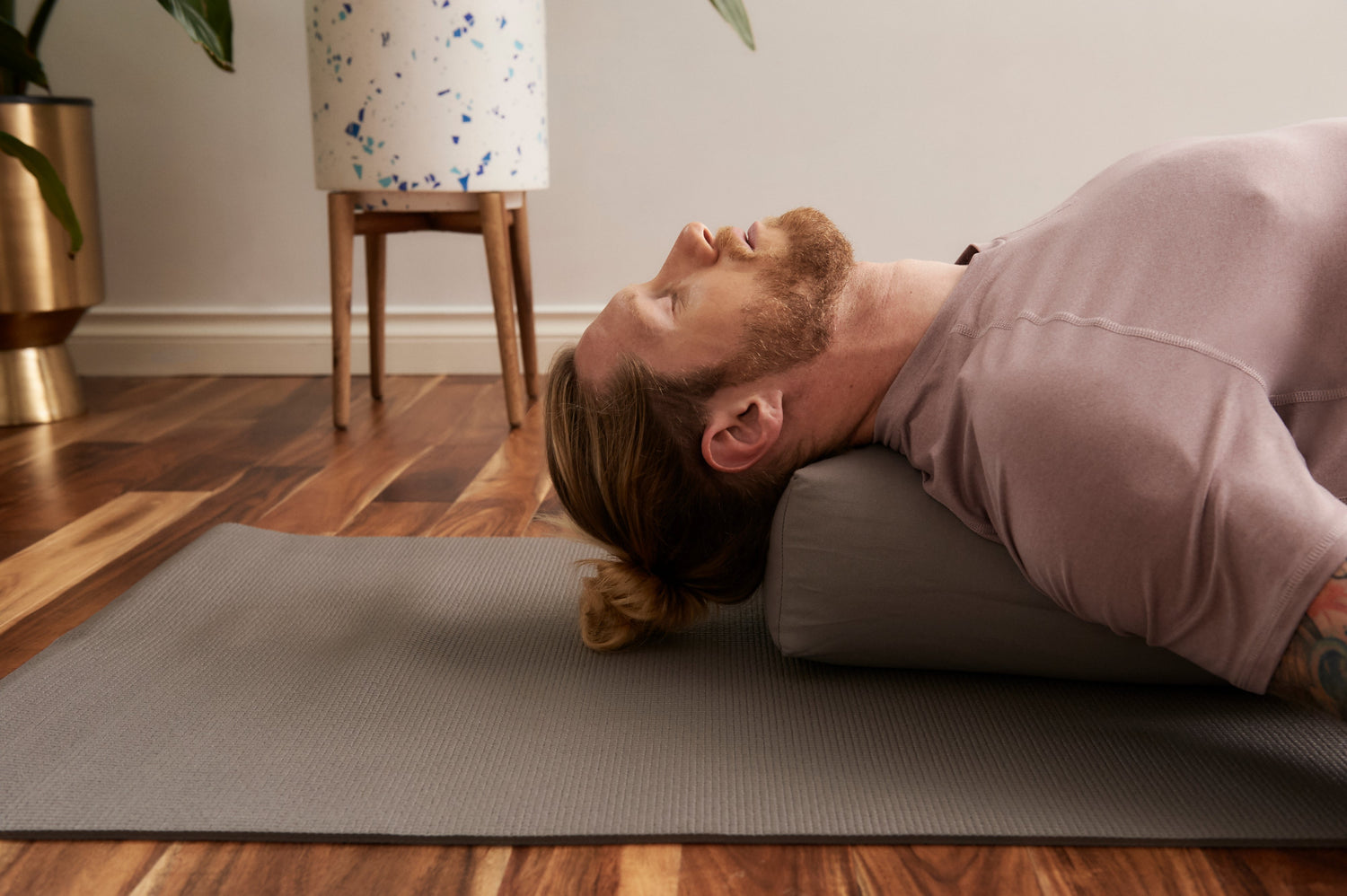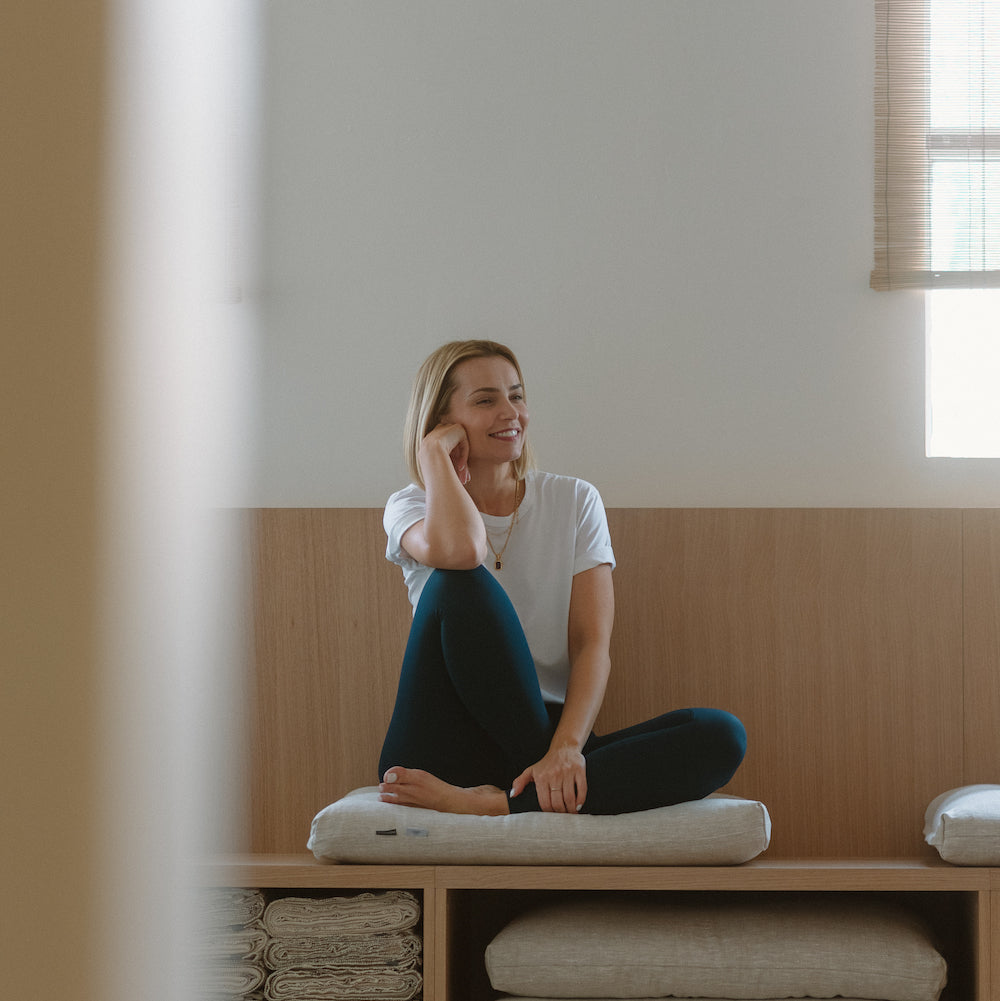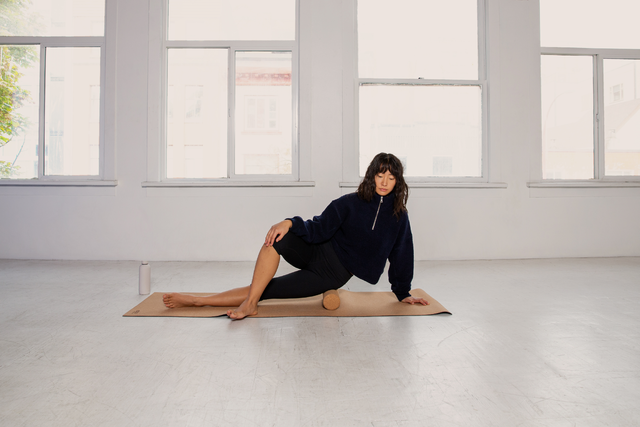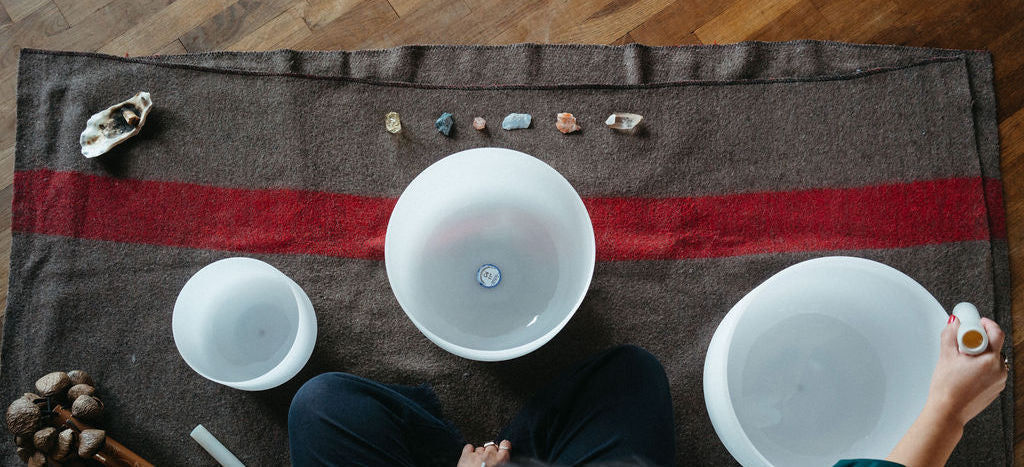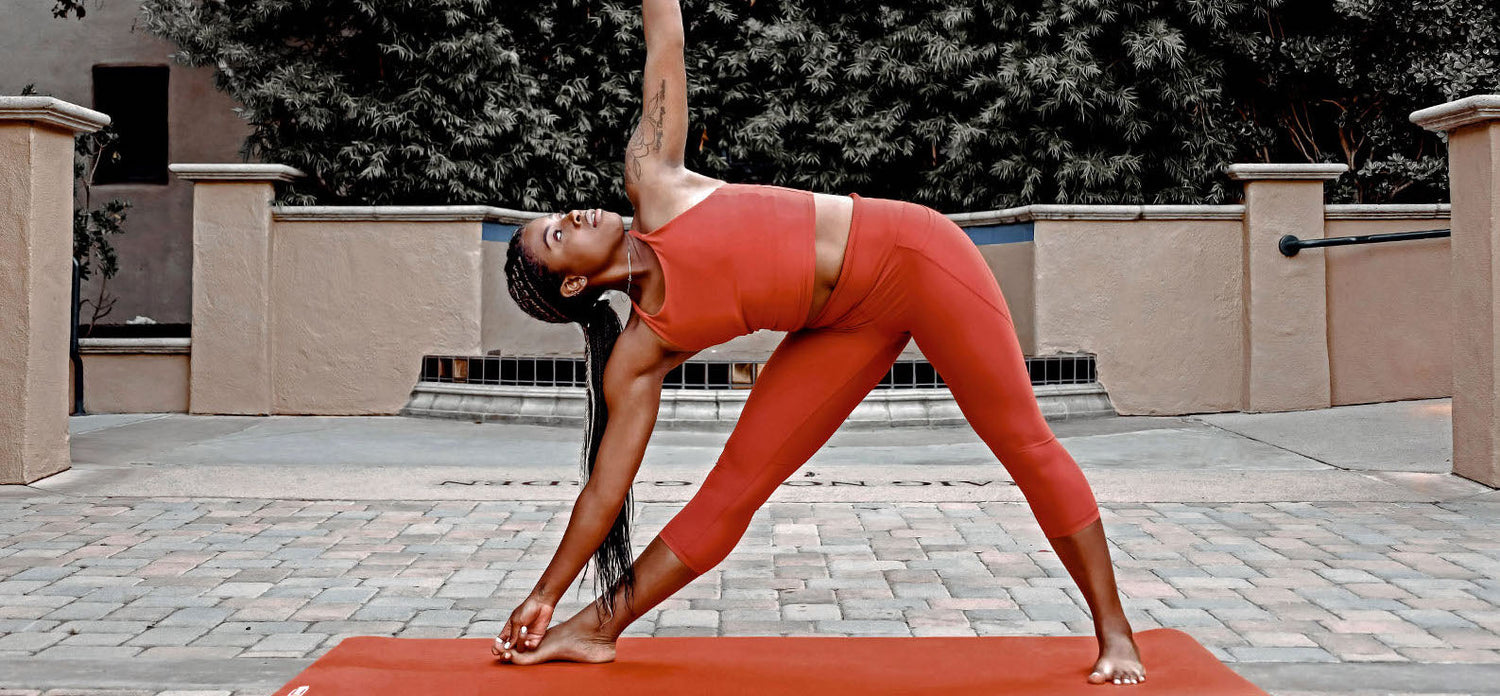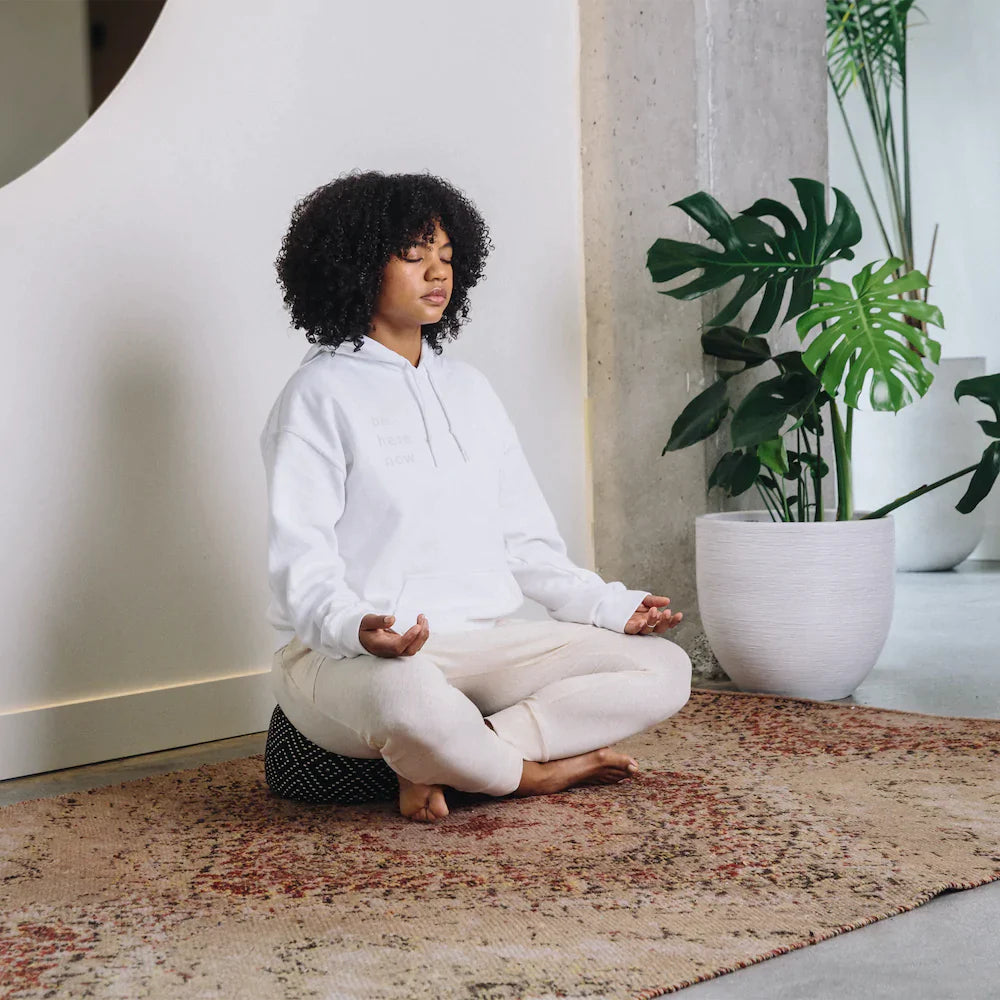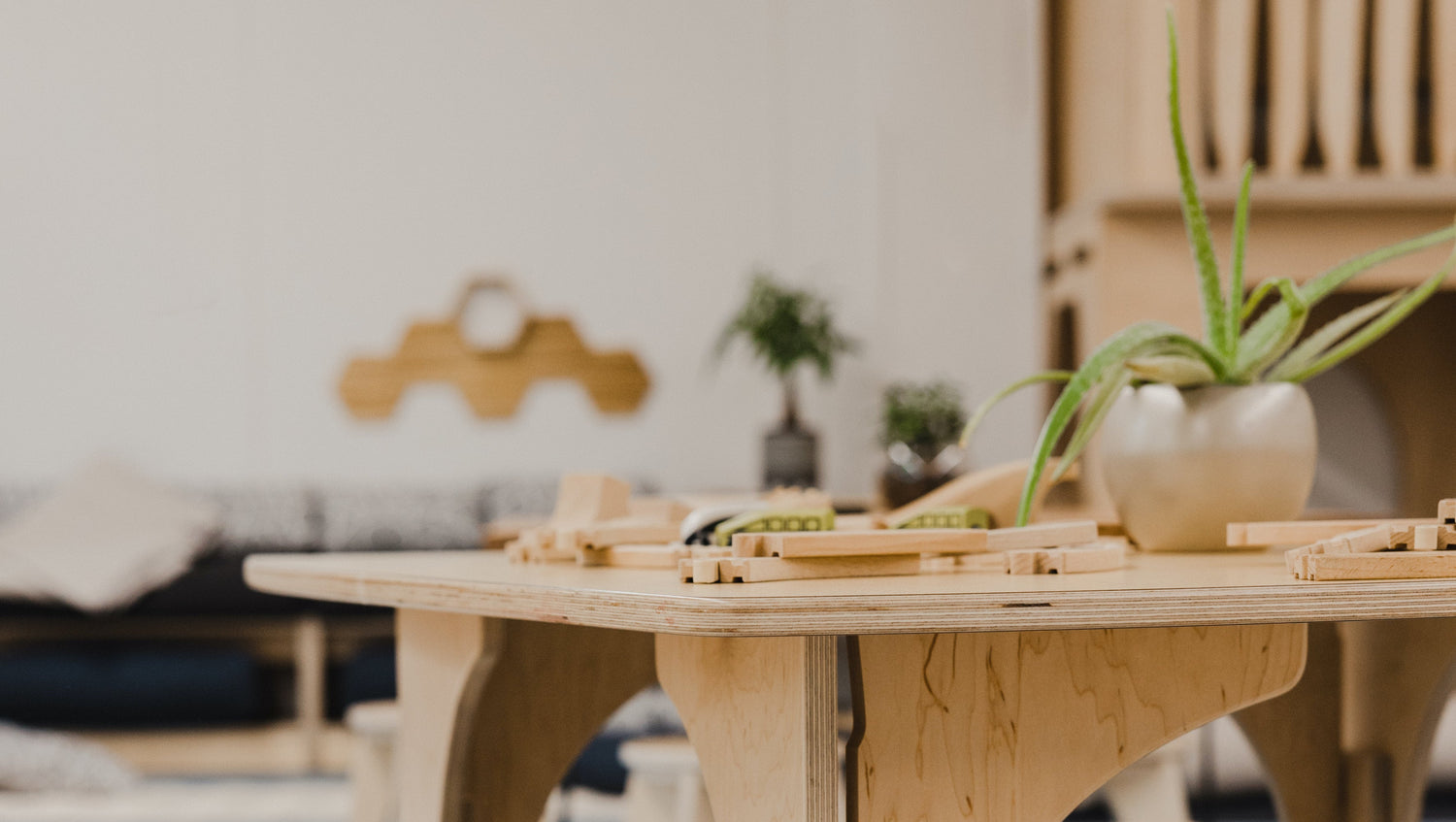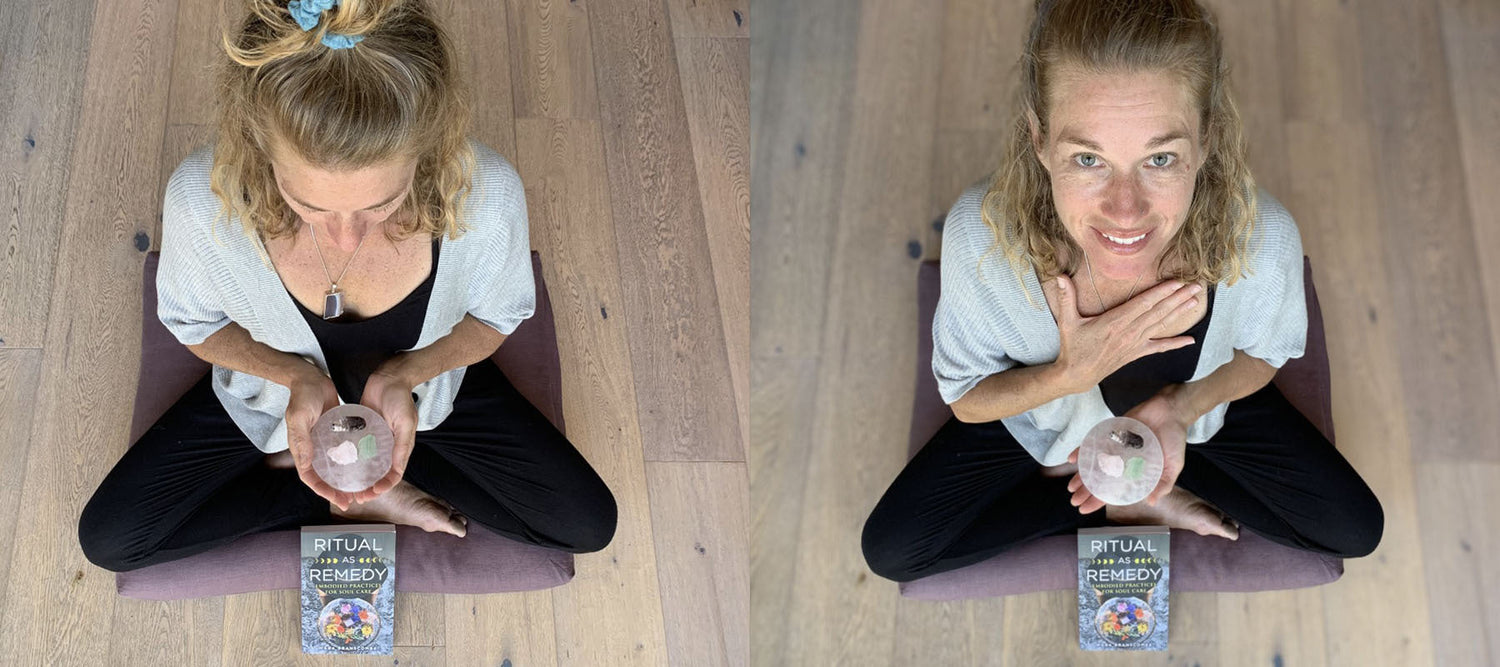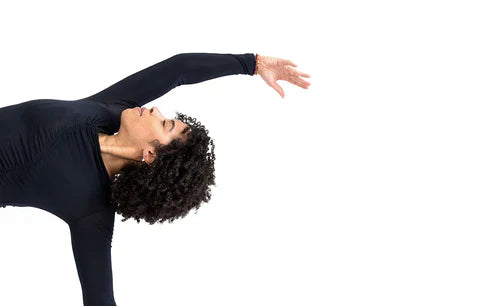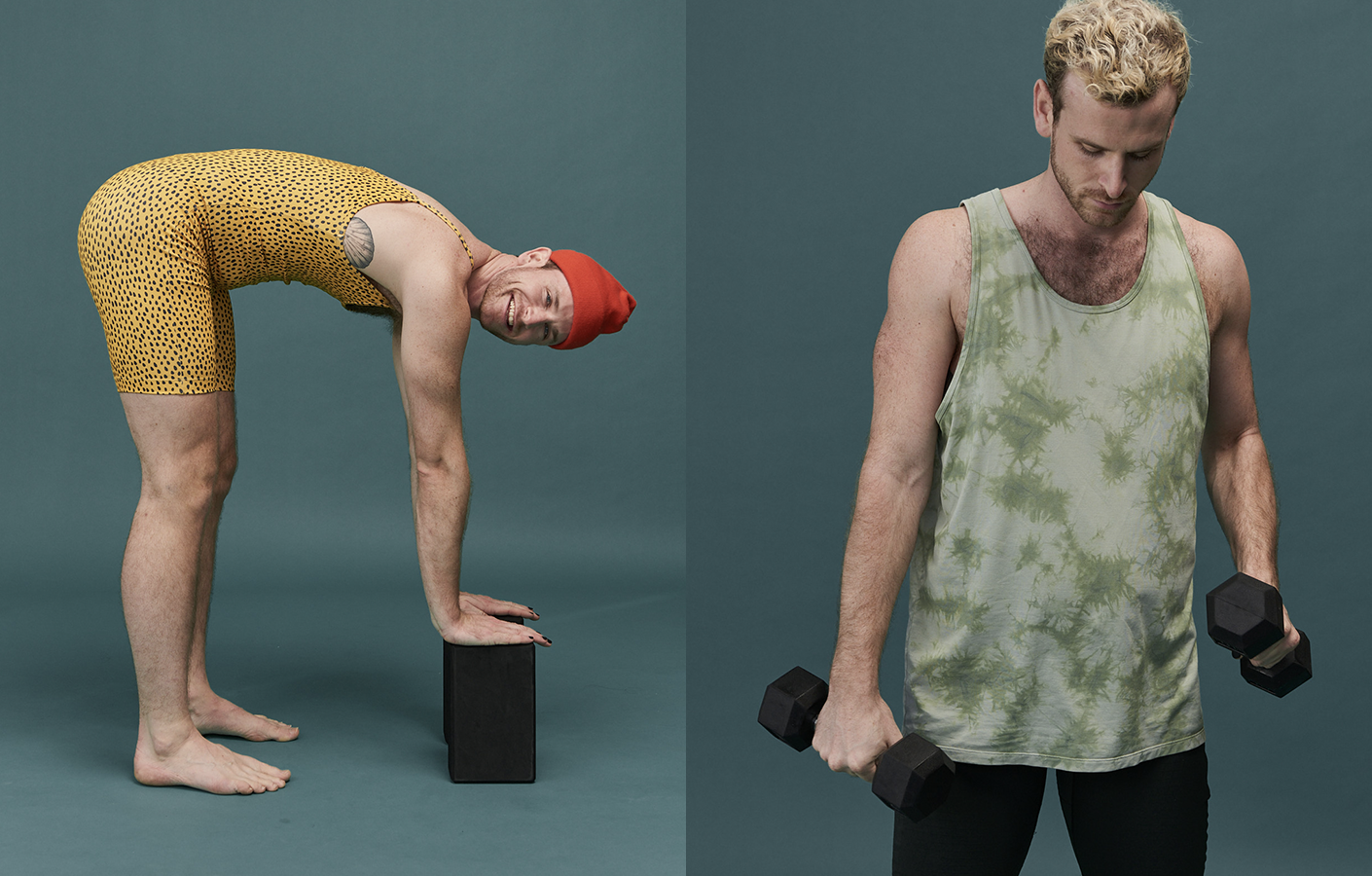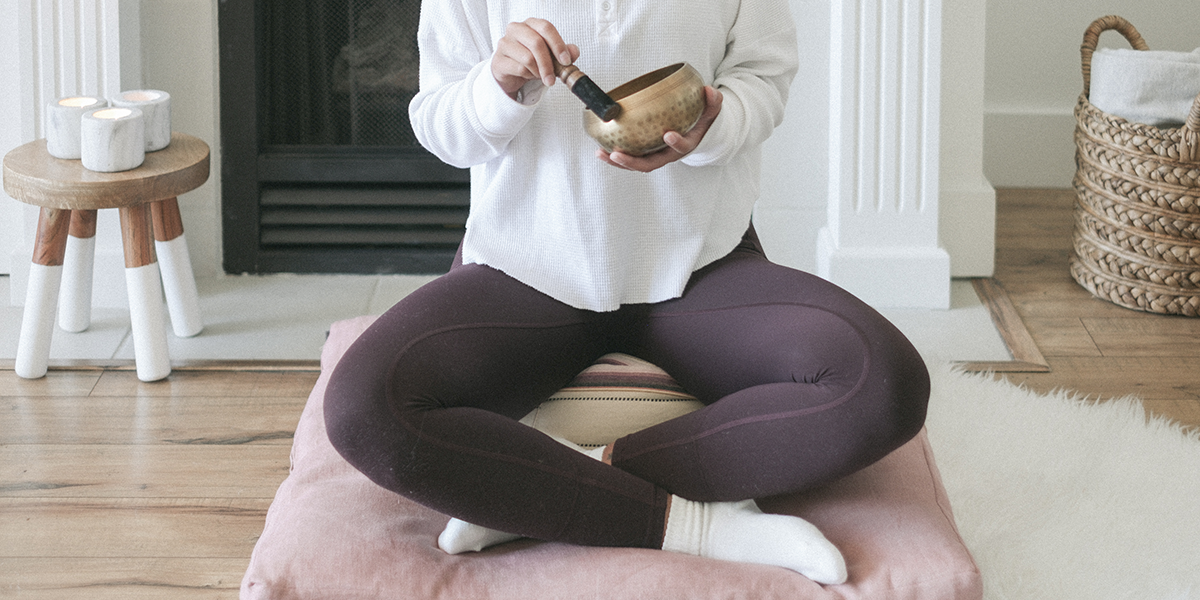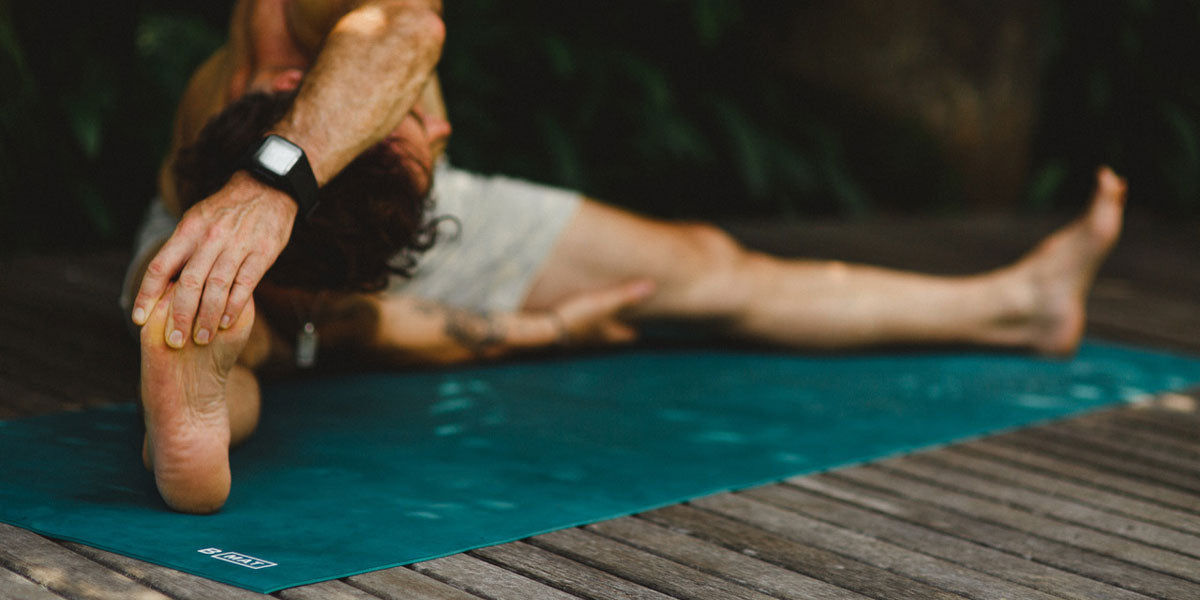Cork. Perhaps an image of a slender, short cylinder comes to mind as you recall the merlot you sipped on yesterday. Or instead, perhaps you picture the bulletin board you use to display your favourite polaroids. If you’ve never heard of cork, or even if you have, let’s dive into why it’s such an incredible sustainable and versatile material.
So what is cork exactly and where does it come from? Cork is harvested from a layer of bark, typically from mature cork oak trees. This layer, known as the phellem layer, is a hydrophobic material that is impermeable, elastic, and buoyant. Each time a layer of bark is stripped, a new cork product can be created. The first two layers (virgin cork and secunderia cork respectively) are typically used for cork products like insulation for housing, and the third removal results in the highest quality of cork (amadia cork), and is used as wine stoppers.
The cork harvesting process is a lengthy process, as it can take between 9-12 years for the bark to regenerate and be thick enough to be harvested again. However, it plays an important role in reducing carbon emissions as when the trees begin to regenerate their bark, they suck up to 5 times more carbon from the atmosphere to fuel the photosynthesis needed for regrowth. Hence, for every kilogram of cork produced, cork oak trees absorb around 55kg of carbon dioxide. These cork oak forests are also crucial for biodiversity, and as the trees are never cut down during harvest they provide habitats for diverse animal and plant species.
Let’s talk about the amazing features that cork has! Cork is incredibly durable and versatile. In each cork cell, the air lends elasticity to the material. Hence, it’s super lightweight but is also able to withstand high amounts of pressure and temperature. Due to its hydrophobic qualities, it pairs well with both dry and wet goods, hence its frequent use as a stopper. As it’s non-absorptive, it is mold resistant and hypoallergenic, making it an excellent choice material. It’s also naturally moisture wicking and anti-microbial. Cork is also biodegradable, recyclable and compostable.
Other than wine stoppers and bulletin boards, what can cork be used for? It turns out, there’s a lot! As cork is a great insulator of temperature and sound, it can be used on walls, ceilings and floors. It can be also used in accessories, like cork bracelets, wallets and bags. Another area where its usage is prominent is in the world of yoga and wellness. It can be used in yoga mats, such as the B MAT Cork, rollers, such as the Release Roller, or in yoga blocks like The Cork Block.
Hence, it’s no surprise why companies like b, halfmoon love using cork in their products! Irene Yokoo, Product Development Manager at b, halfmoon, raves about cork: “As a raw material it has many sought-after qualities: it's naturally water resistant, cushioning, insulating, anti-microbial, biodegradable, and beautiful.”
It’s clear that cork is the next big material in sustainability–its durability, versatility and diversity in usage is unmatched! To learn more about cork, check out the following links below:
https://www.dwell.com/article/what-is-cork-pros-cons-19fffbcc
https://yoursole.com/blog/ca/cork-sustainable-versatile
https://www.sustainably-chic.com/blog/what-is-cork
Written in partnership with The Starfish Canada, with 5% of b, halfmoon sales being donated on Earth Day, April 22, 2023.
